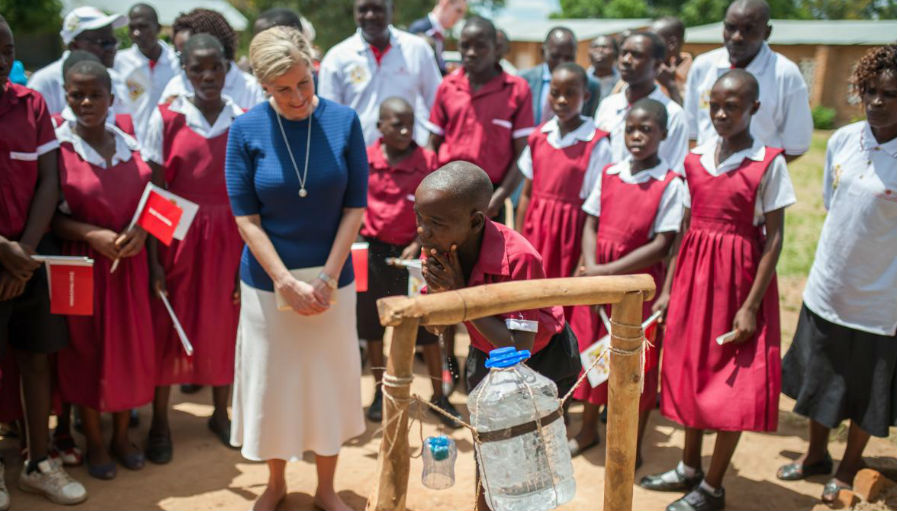Join a powerful, unprecedented alliance for better eye health for all.
Join IAPB-
Choose an alternate language here
[vc_row][vc_column][vc_column_text]
Focusing on trachoma, diabetic retinopathy, retinopathy of prematurity and broader health systems strengthening through the Commonwealth Eye Health Consortium, at the Trust we have been learning constantly about how to help improve eye health. With our planned closure at the beginning of 2020, we wanted to share the learning and evaluation reports that we have commissioned, as well as highlighting a few themes that came out of them.
Our Trachoma Initiative in Africa worked at a large scale with numerous coordinating and implementing partners. The final learning report, which also examined the DFID SAFE initiative, showed that it is crucial to plan for sustainability and health systems strengthening at the outset of any work. It is important to be explicit with partners about the planned transition to local health systems, so that there are clear expectations and discussions about what will happen as the work progresses. Transition is described as a “process rather than an event”, which underlines the need to talk about it openly from the start of any programme.
Several themes came out of the evaluation of our Diabetic Retinopathy Initiative in the Pacific. For example, the report highlights the differing context across Pacific island nations. It is not a case of one size fits all, so it is important to adapt the programme design according to the local health system, the infrastructure, cultural norms and the level of ownership of government stakeholders. The evaluation report underlines the value of community awareness when it comes to take-up of eye health services, as well as the importance of investing in local eye health professionals for sustainability.
The Commonwealth Eye Health Consortium was a challenge to evaluate, due to the sheer diversity of activities taking place across many countries. The final evaluation report talks about the “numerous successes” of the Consortium, as well as how a learning approach enabled the work to evolve during the five-year programme. For example, in some cases it was decided to train teams of eye health professionals rather than individuals, as their chances of implementing new practices and skills would be much higher than a single person championing a cause alone. The Consortium showed us that building the capacity of health systems relies heavily on a cadre of trained professionals. Investing in individuals, teams and institutions is vital in creating sustainable improvements to eye health.
By sharing these and a further six learning reports and evaluations, it is our hope that what we have learnt during the Trust’s short lifetime will be useful for others in future. I continue to learn every day at the Trust, thanks to the many excellent partners and professionals that have encouraged and enabled us to strengthen access to eye health across the Commonwealth.[/vc_column_text][vc_column_text css_animation=”appear” el_class=”light-row cellspace”]
[/vc_column_text][vc_column_text]You can also read first-hand accounts of how we’ve helped individuals work on the ground to bring eye care to those who need it most in our publication, A Lasting Legacy.
Image on top: Her Royal Highness The Countess of Wessex observes uses of tippy taps;. Photo by Aurelie Marrier d’Unienville.[/vc_column_text][/vc_column][/vc_row][vc_row el_class=”light-row rebelcell prev-blind”][vc_column width=”1/2″ el_class=”cellspace”][vc_column_text]
[/vc_column_text][vc_separator color=”white”][vc_column_text]
[/vc_column_text][/vc_column][vc_column width=”1/2″ el_class=”cellspace”][vc_column_text]
[/vc_column_text][vc_separator color=”white”][vc_column_text]
[/vc_column_text][/vc_column][/vc_row]